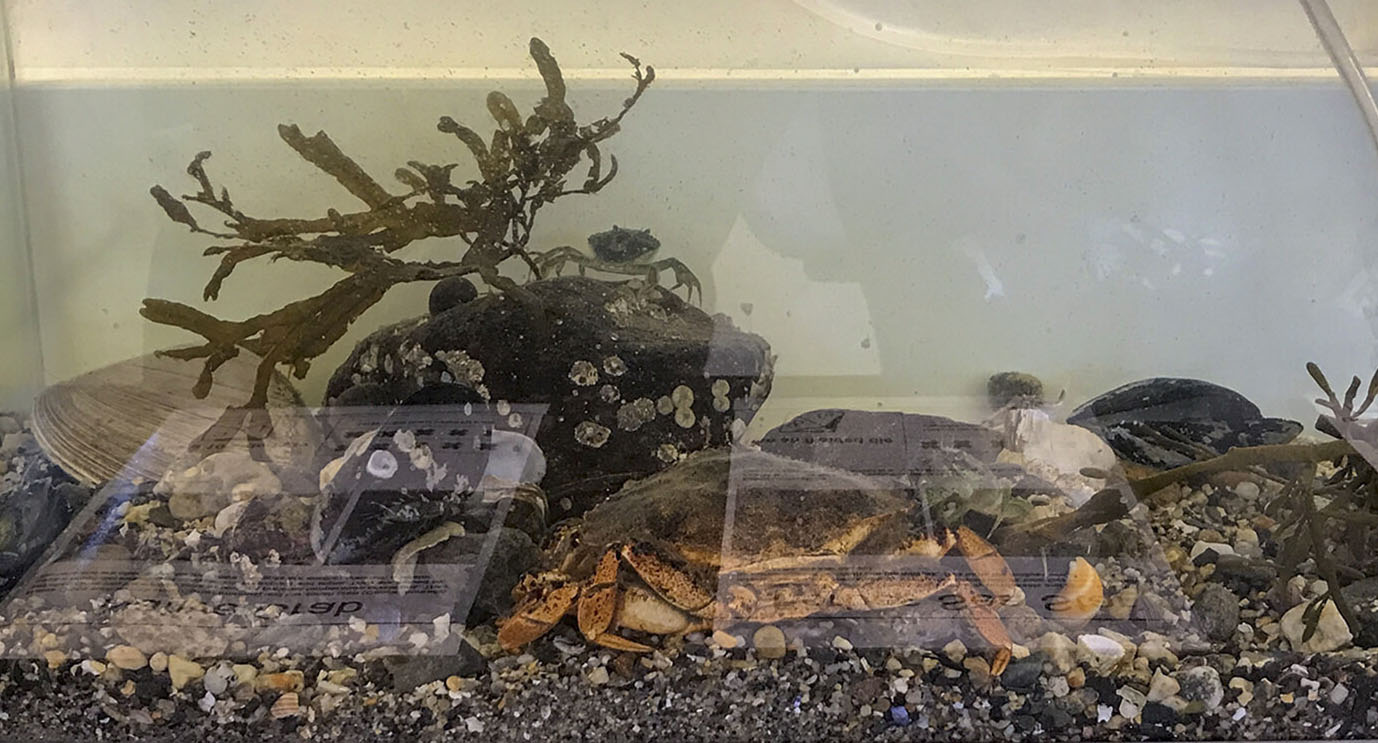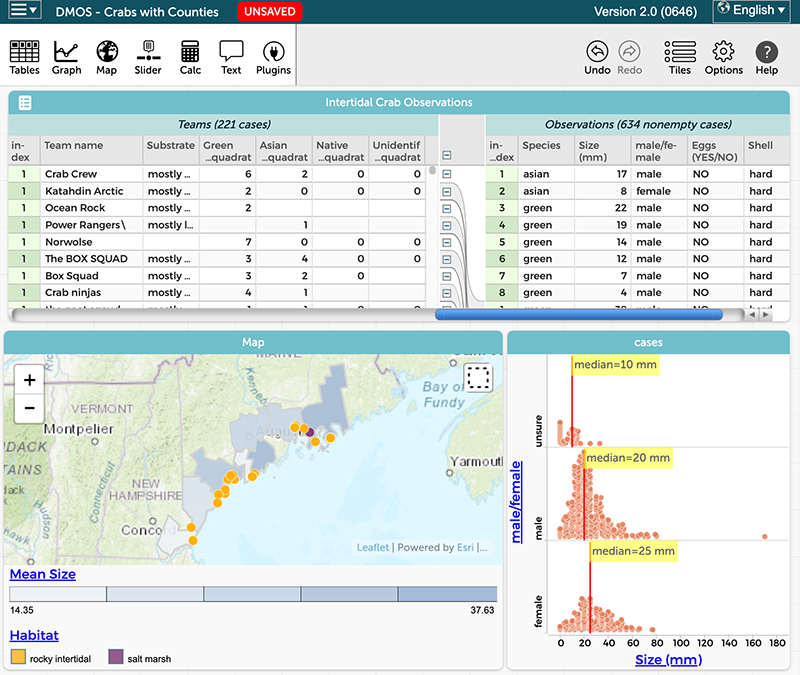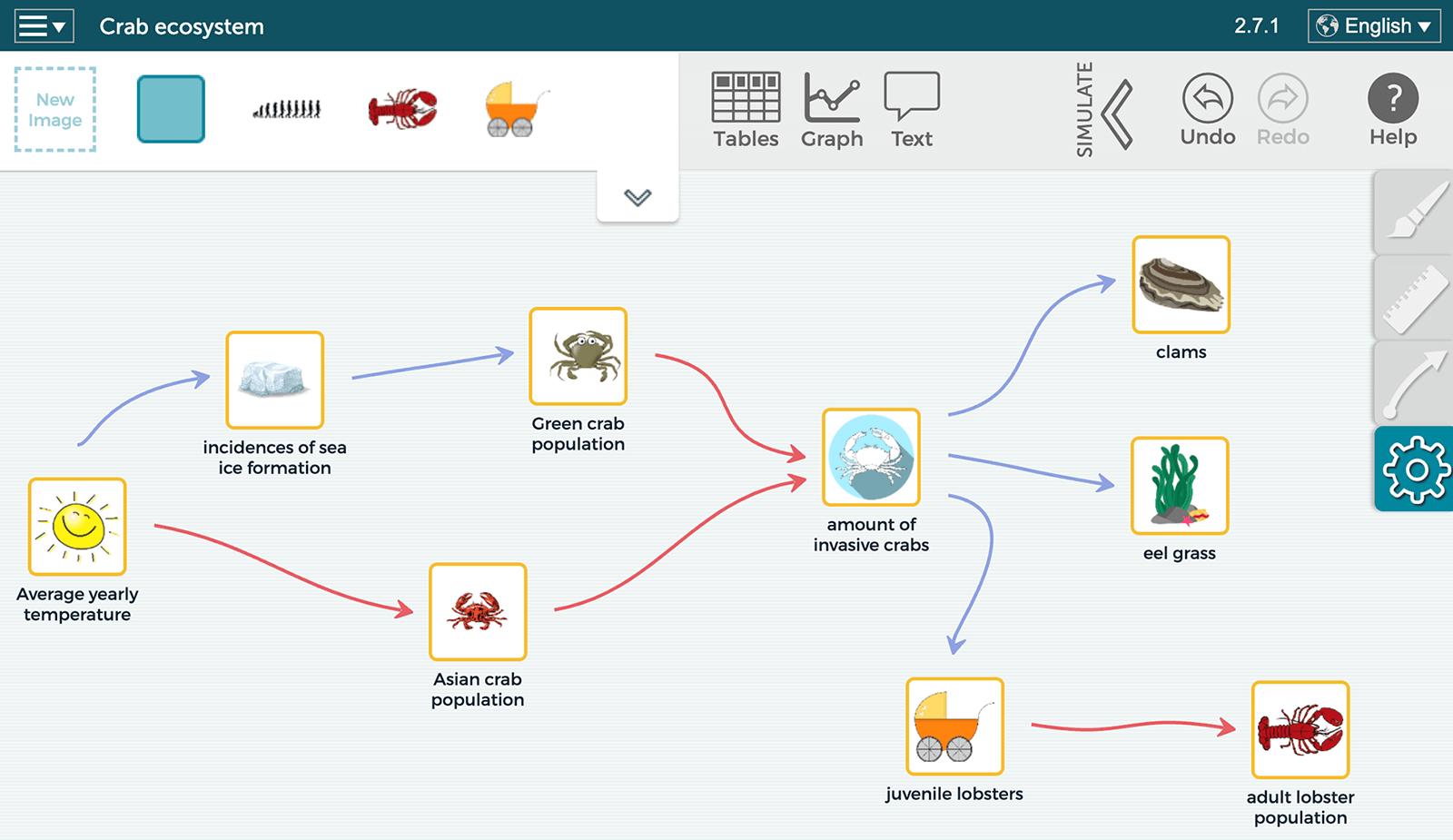Developing a Modeling Orientation to Science
When I first heard the phrase “developing a modeling orientation to science,” it struck me as a little odd. As a former high school science teacher for over 20 years, it felt redundant, like suggesting that someone in a pool should “develop a water-based orientation to swimming.” One might argue that the primary activity of doing science is creating models to explain and make predictions about natural phenomena. However, given how difficult it has been to transform science education from courses that “cover” lots of content to inquiry-based investigations of phenomena using both the tools and practices of scientists, perhaps “developing a modeling orientation to science” is not so peculiar. The Concord Consortium is excited to join project leads from the Gulf of Maine Research Institute (GMRI), Vanderbilt University, and Bowdoin College to work toward this goal.
The Developing a Modeling Orientation to Science (DMOS) project, funded by the National Science Foundation, aims to engage middle school students in utilizing several modeling approaches to understand various ecosystems. Project research is studying to what extent teachers’ comfort and ability to use a modeling approach affects students’ modeling experiences and understanding of ecosystems.
Collaborative research on ecosystems
The work has focused on systems under study in GMRI’s Ecosystem Investigation Network (EIN), which supports field-based, collaborative research into the climate-driven changes happening in the Gulf of Maine and its watershed. Through EIN community science projects, students learn about particular ecosystems by contributing to growing datasets while helping ecosystem scientists, too. As a companion to the data collection efforts of these projects, DMOS has developed curricular portals for teachers and students that build from existing resources on GMRI’s Learning Resource Hub.
To help students develop a modeling orientation to science, DMOS curriculum modules provide opportunities for teachers to integrate modeling in multiple forms throughout an investigation of a scientific phenomenon. Students might:
- Create a physical microcosm of the system (e.g., a tank with crabs, prey, and other components of the intertidal zone) (Figure 1). Such a physical model is dynamic and living, making it possible to ask and explore questions about the system.
- Explore a simulation or act out a “game,” which involves playing the roles of components of an interacting system (e.g., the Crabs! / Oh Deer Invasive Species Modeling game).
- Dive into data, where exploring relationships between variables in a system is a form of mathematical modeling (e.g., CODAP document exploring crab data submitted by many students and classes through the EIN) (Figure 2).
- Develop a computational model of the system using the SageModeler system modeling tool (e.g., SageModeler model of invasive crab impact) (Figure 3).


http://short.concord.org/lri
Our goal is to engage students in multiple ways of learning through models, allowing them to see how various types of models provide different ways to learn about an ecosystem. Students also learn how each modeling approach has strengths and limitations. Used together, they can provide a more comprehensive view into the scientific phenomenon under study and engage different ways of knowing.

Modeling as a science practice
Learning in science class is more than learning about content. It is also learning what it means to build knowledge through science practices, both learning about and participating in how scientists do science. In the Next Generation Science Standards (NGSS), the science practices are integrated with disciplinary core ideas and crosscutting concepts. Modeling is a particularly powerful practice because it can be an umbrella for engaging students in all the other practices: asking questions, planning and carrying out investigations, analyzing and interpreting data, using mathematics and computational thinking, constructing explanations, engaging in argument from evidence, and obtaining, evaluating, and communicating information.
In order for teachers and project researchers to know that students are developing a modeling orientation to science, we have created guides and learning goals linked to specific activities:
- Students understand models as representations that help them investigate the world.
- Students see the system under study as being made of component parts, interactions, and functions.
- Students understand that models are constructed through a series of intentional choices about what to represent and how to represent it.
- Students see all models as incomplete representations of the system/phenomenon and evaluate models for their usefulness in highlighting certain aspects of the system.
- Students recognize data as one type of model, which involves making choices about what attributes to represent and how to represent them when producing that data.
- Students construct and interrogate models as representations of the system to help them understand the system and to communicate that understanding.
- Students are comfortable working in a complex system with both knowns and unknowns and with there not being a single, correct model.
- Students build understanding by integrating learnings from multiple sources and across multiple models of the system.
- Students understand science as a process of making choices about what parts to investigate and how to investigate them through modeling and data.
Supporting teachers
In addition to designing classroom resources, DMOS is supporting teachers to make this new pedagogical approach possible. For three years, we have been working with a dozen middle school teachers to build capacity and confidence in using a modeling-based pedagogical approach. DMOS has offered several supports for teachers, including: 1) teacher guides around modular lessons that can be used to explore various ecosystems, 2) a professional learning program that includes three-day, in-person summer institutes, bi-monthly virtual meetings, and a Google Classroom in which the teachers are enrolled as students for information sharing between the DMOS team and teachers, as well as peer sharing between teachers, 3) in-class researcher support for one-on-one planning and reflection, and 4) virtual learning sessions around modeling tools such as SageModeler and CODAP, and planning and reflection discussions around how to best use these tools.
In our 2022 summer institute, teachers had the opportunity to work alongside GMRI scientists to study a blue mussel ecological system and experience participating in a research study firsthand. In order to facilitate teachers staying in “researcher” role, rather than switching to “teacher” role, we chose a system they were not planning to teach during the upcoming school year. We wanted them to be immersed in a mini-research study for most of the three days with reflection at the end when they could discuss how to bring their experiences back to the classroom.
Teachers developed an understanding of the role of modeling practices in a professional ecological investigation, identified aspects of modeling that are central to student learning experiences, and developed ideas to approximate those modeling practices in their classrooms. For teachers to be able to facilitate developing a modeling orientation to science for their students, it is critical that they embody this perspective themselves and feel comfortable using modeling tools and leading discussions that go beyond the content and help students understand the why and how of doing science.
* Dickes, A., Wisittanawat, P., & Lehrer, R. (2022, June). Physical microcosms: Potentials for enriching classroom ecological investigations. In C. Chinn, E. Tan, C. Chan, & K. Yael (Eds.), Proceedings of the 16th International Conference of the Learning Sciences (pp. 2098–2099).
This material is based upon work supported by the National Science Foundation under grant DRL-2010119. Any opinions, findings, and conclusions or recommendations expressed in this material are those of the author(s) and do not necessarily reflect the views of the National Science Foundation.

